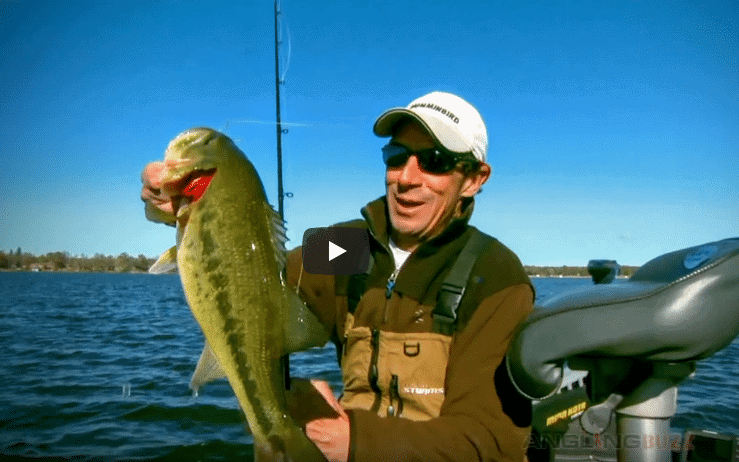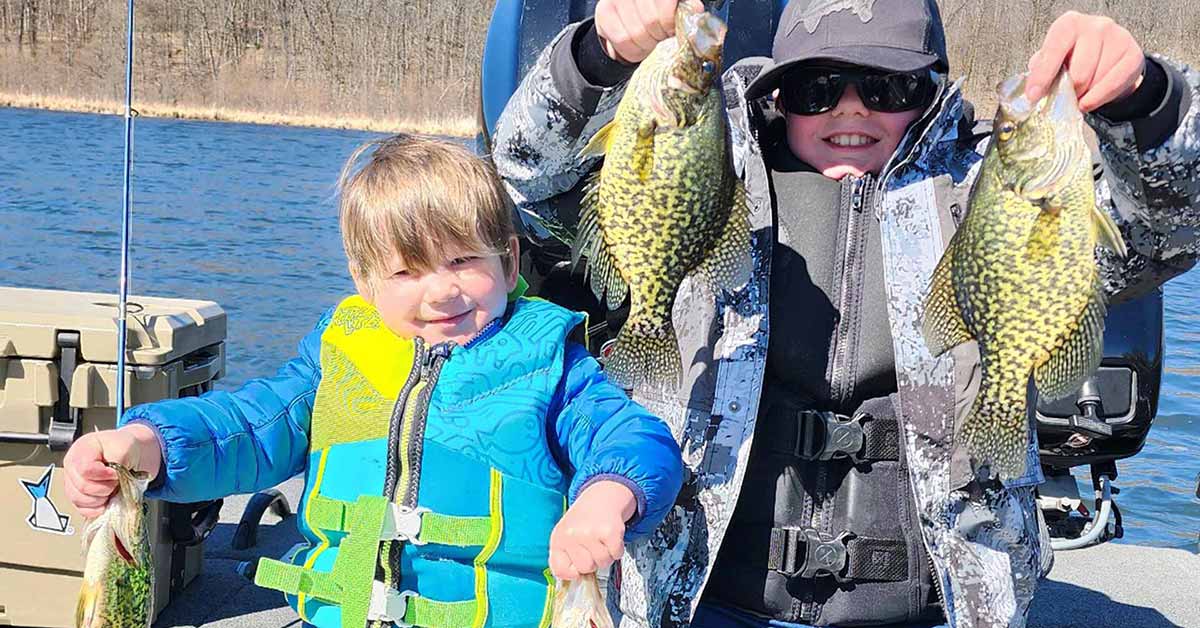In fall, largemouth bass make a slow transition from shallower to deeper weed zones. Apply proper lure selection and boat control to cover flats vs. dropoffs.
Introduction
In this article, we will discuss the strategies and techniques used to pattern largemouth bass in early fall. As the water begins to cool down, it becomes important to understand where the fish are located and what baits to use to effectively catch them. We will explore different approaches to boat control, lure selection, and the use of depth finders to locate fish on deepwater structures. So let’s dive in and learn how to successfully target largemouth bass during this transitional period.
Exploring the Flats
During early fall, one effective strategy is to start fishing on the biggest flats adjacent to main lake drains. These flats serve as feeding grounds for the bass before they move to their wintering areas. By targeting these flats, anglers can determine if the fish are up shallow and assess their size and abundance.
When fishing extensive flats like these, there are a couple of different tactics that can be employed. One approach is to zigzag from deep water to the back of the flat, covering a variety of depths. This allows anglers to explore different areas and find where the fish are holding. Another approach is to follow a specific depth path, starting with a shallow depth and gradually moving deeper. This helps anglers tune into the depth that the fish are most active at.
Deepwater Points
As the fall season progresses and water temperatures drop, the bass may start to gather on deepwater points. These points serve as transition areas for the fish as they move to their wintering spots. By focusing on these points, anglers can increase their chances of finding active fish.
Lure Selection and Boat Control
Lure selection plays a crucial role in bass fishing. Each lure has an optimum speed and depth at which it works best. High-speed search baits, such as crankbaits or spinnerbaits, are great for covering a lot of water quickly and identifying fish-holding areas. On the other hand, bottom bouncing baits and heavy cover fishing situations require a slower approach, with intermittent stops to thoroughly work high percentage spots.
Boat control is also important when targeting bass on deepwater structures. Using a depth finder and side finder combination unit, such as a Humminbird, can greatly assist in locating fish on underwater structures. These tools help anglers find specific spots where bass tend to gather, such as inside corners, points, or rock piles. High-resolution maps further expedite the process of finding fish.
Conclusion
In early fall, understanding the behavior and location of largemouth bass is crucial for a successful fishing trip. By targeting the biggest flats adjacent to main lake drains and deepwater points, anglers can increase their chances of finding active fish. Lure selection and boat control are key factors in effectively catching bass during this transitional period. So get out on the water, explore different areas, and adapt your tactics to the conditions to maximize your chances of landing that trophy bass.










